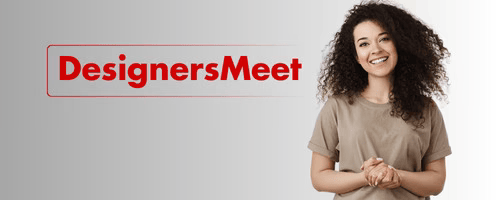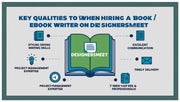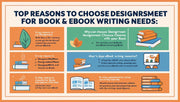A strong design portfolio is essential for any creative professional looking to showcase their talent and attract new opportunities. Whether you’re a graphic designer, UI/UX expert, illustrator, or web developer, your portfolio is your first impression. On platforms like DesignersMeet.com, a polished portfolio can set you apart and make a lasting impact.
Start by selecting your best work. Quality always trumps quantity. Choose 6–10 projects that truly represent your skills and style. It’s better to have a few impressive pieces than a collection of mediocre ones. Each project should tell a story—explain the problem, your process, and the final outcome. This not only highlights your creativity but also shows your problem-solving skills.
Next, organize your portfolio for clarity and flow. Group similar projects together or categorize by service—branding, web design, packaging, etc. Use clear headings and intuitive navigation so visitors can find what they’re looking for quickly. Platforms like DesignersMeet.com allow easy customization to make your layout both functional and visually appealing.
Make sure each project includes context. Don’t just upload images—add descriptions that explain your role, the tools you used, the goals of the project, and the results. Use before-and-after comparisons if applicable. This gives potential clients or employers insight into your thought process and expertise.
Consistency in presentation is also important. Use a similar format for all projects to maintain a cohesive look. Choose fonts, colors, and layouts that reflect your personal brand. A clean, consistent style builds trust and shows professionalism.
Don’t forget to include an “About Me” section. Share a brief bio, your background, and what drives your passion for design. Adding a professional photo and contact information makes it easy for people to connect with you. A strong personal introduction can humanize your portfolio and make you more relatable.
Incorporate testimonials if possible. Positive feedback from past clients or collaborators adds credibility and shows that others value your work. If you’re just starting out, consider offering a few free or discounted projects in exchange for honest reviews.
Finally, keep your portfolio updated. As you grow, your style and skillset will evolve—so should your portfolio. Replace older work with new and improved pieces. Regular updates also show that you’re active and committed to your craft.
A strong design portfolio is your gateway to new projects, clients, and collaborations. Take the time to craft it well, tell your story, and present your best self. On platforms like DesignersMeet.com, your portfolio isn’t just a gallery—it’s your professional identity.




